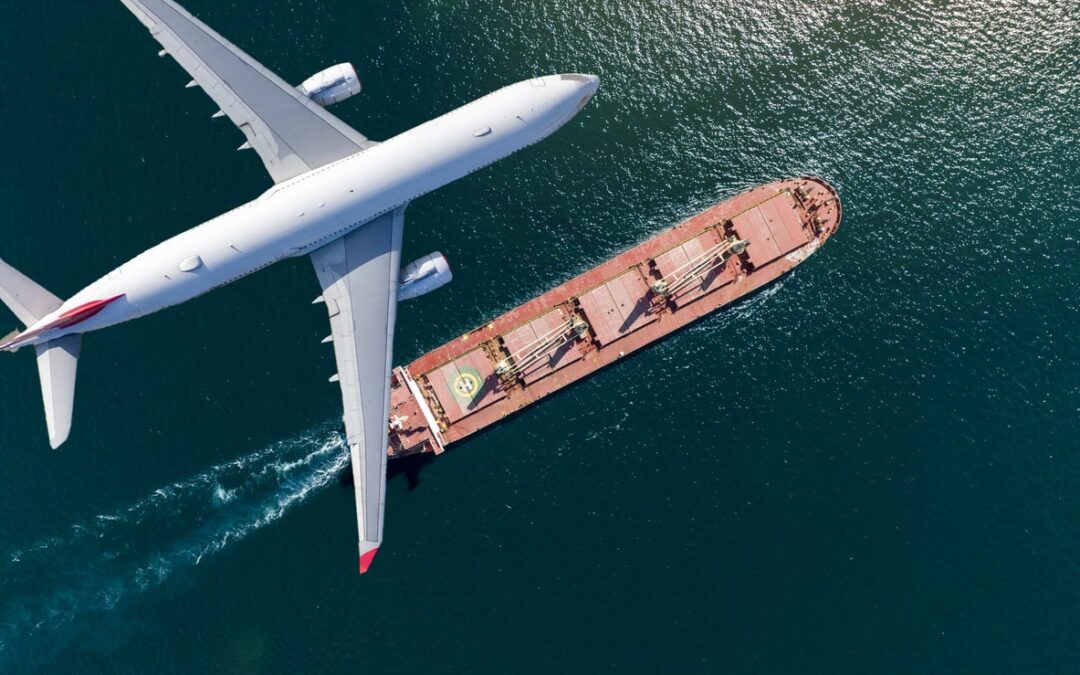When it comes to shipping goods internationally, businesses often find themselves choosing between air freight and sea freight. Each method has its own set of advantages and challenges, making it essential to understand their key differences to make an informed decision.
Speed and efficiency
Air freight is renowned for its speed and efficiency. Goods shipped by air can reach their destination within a matter of days, making it an ideal choice for businesses that require rapid delivery of perishable goods, urgent documents or high-value items. In contrast, sea freight is considerably slower, with transit times ranging from a few weeks to a couple of months, depending on the distance and shipping routes.
Cost considerations
Cost is a critical factor for businesses when choosing between air freight and sea freight. Generally, air freight is more expensive than sea freight due to higher fuel costs and stringent security measures. However, for high-value or time-sensitive shipments, the speed and reliability of air freight can justify the additional expense. Sea freight, while slower, is more cost-effective for bulky, heavy or non-urgent shipments.
Environmental impact
Environmental concerns are increasingly influencing logistics decisions. Air freight has a higher carbon footprint compared to sea freight, primarily due to the significant fuel consumption of aircraft. Businesses looking to minimise their environmental impact might prefer sea freight, which is considered more environmentally friendly. However, advances in aviation technology are gradually improving the sustainability of air freight operations.
Reliability and predictability
Air freight offers higher reliability and predictability. Air cargo services operate on fixed schedules with frequent flights, reducing the risk of delays. Weather conditions and port congestion, common issues with sea freight, are less likely to disrupt air freight schedules. For businesses that prioritise timely and reliable delivery, air freight is often the preferred choice.
Capacity and restrictions
The capacity of air freight is limited compared to sea freight. Aircraft have weight and size restrictions, making it challenging to transport very large or heavy items. In contrast, sea freight can handle significantly larger volumes and heavier cargo, making it suitable for businesses dealing with substantial shipments.
Customs and documentation
Customs procedures for air freight are typically faster and more streamlined than those for sea freight. The expedited nature of air freight services means that customs clearance is often more efficient, reducing the time goods spend in transit. This advantage is crucial for businesses needing quick market entry.
The right choice for your business
The choice between air freight and sea freight depends on multiple factors, including speed, cost, environmental impact, reliability and capacity. Businesses should carefully evaluate their shipping requirements and select the method that best aligns with their operational goals and values. For those prioritising speed and reliability, air freight emerges as a strong contender. For cost-sensitive or environmentally conscious businesses, sea freight may be the more appropriate choice.
For detailed information on our air freight services and how we can support your logistics needs, visit Uniserve air freight services. Additionally, explore our sea freight solutions to understand how we can help you achieve cost-effective and environmentally friendly shipping.

